Milk, a widely accepted source of calcium that’s used beyond the kitchen. The alternative uses of milk might be just what you need for your body, hair and even help with your everyday chores.
- Milk can be used as fertilizers.
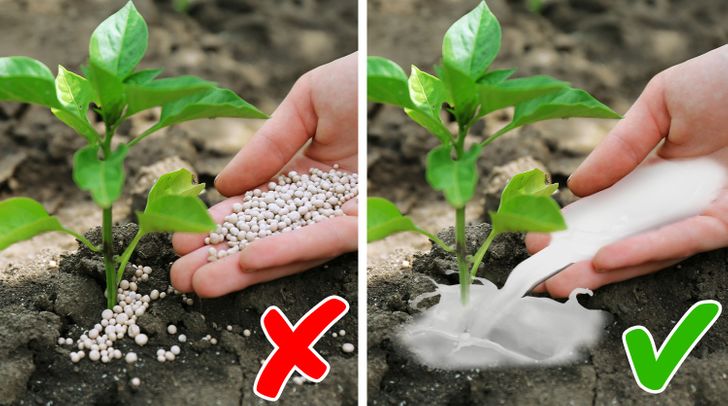
Milk was used as fertilizer in the old times, and there are few good reasons why. First, it helps with plant growth. Next, it prevents calcium deficiencies and fights against powdery mildew. It might also keep the plant from getting sick. Pour milk around the base so that the roots can slowly absorb it or place a bottle with milk (upside down) in the soil. However, remember that you shouldn’t mix milk with other fertilizers. If the chemicals get mixed with the milk, they can actually counteract the benefits of the milk. - Milk can be used to reduce insect bite inflammation.
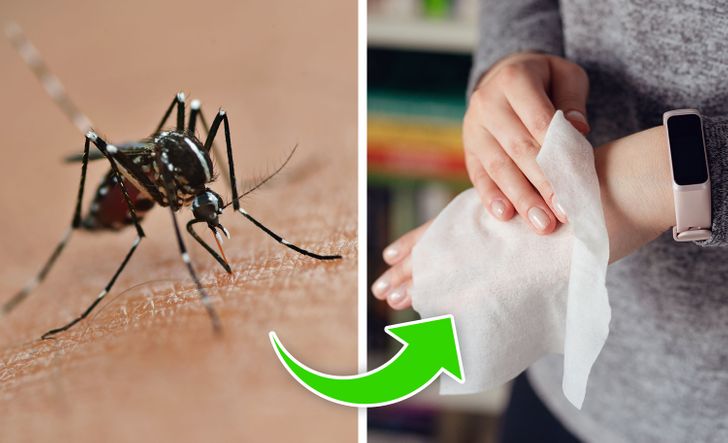
The protein in the milk will help soothe the skin after a mosquito bite. But don’t use just milk. Mix it with water, soak a handkerchief, and apply it to the inflamed skin. The same mixture can be used for sunburns too. - Milk can be used to straighten hairs.
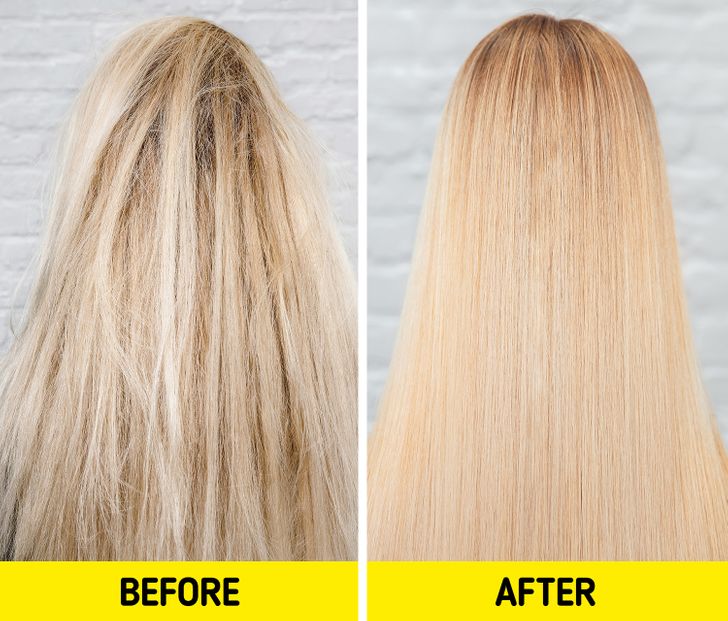 Using milk on your hair will not only help it grow and make it shiny and stronger, but it will help with straightening it. It would be best to have a comb, a spray bottle, and 1/3 cup of milk. Once you fill the bottle, start spraying, massaging, and combing your hair. Give your hair some time to soak up the milk and then rinse it so that it doesn’t have a bad smell later. This can help with wavy hair but will not be able to help you straighten curly hair.
Using milk on your hair will not only help it grow and make it shiny and stronger, but it will help with straightening it. It would be best to have a comb, a spray bottle, and 1/3 cup of milk. Once you fill the bottle, start spraying, massaging, and combing your hair. Give your hair some time to soak up the milk and then rinse it so that it doesn’t have a bad smell later. This can help with wavy hair but will not be able to help you straighten curly hair. - Milk can be used to remove make-up.
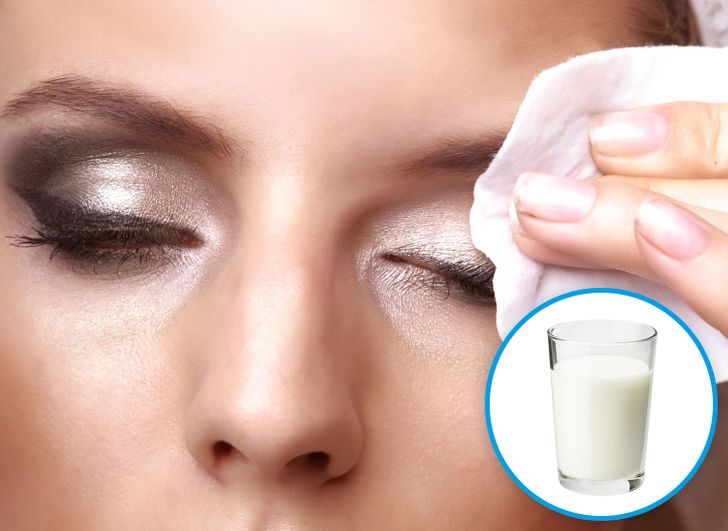 Milk is not only good for our hair but our skin too. So, instead of using chemical products for removing make-up, use milk. Apply a little bit of milk on your face, and then wipe it off with a cotton ball or washcloth. The added benefit is that the proteins and fat in milk can help your skin stay hydrated by helping it retain moisture.
Milk is not only good for our hair but our skin too. So, instead of using chemical products for removing make-up, use milk. Apply a little bit of milk on your face, and then wipe it off with a cotton ball or washcloth. The added benefit is that the proteins and fat in milk can help your skin stay hydrated by helping it retain moisture. - Milk can be used to clean leather.
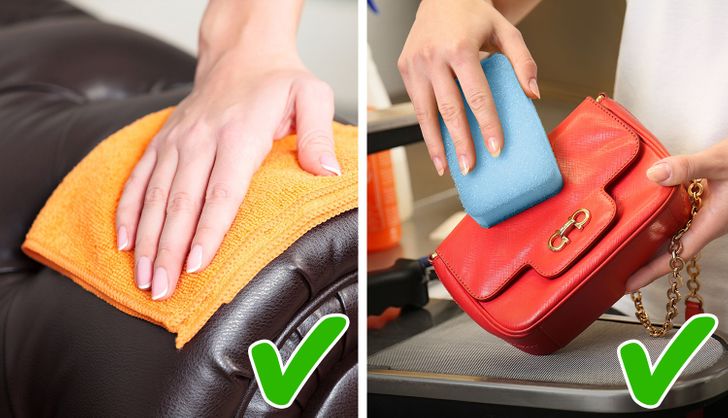 Whether you need to clean your leather handbag, couch, or shoes, milk can help you with removing stains and scuffs. It’s great because not only is it an inexpensive solution, but it also doesn’t remove the natural oils in the material. However, once you wipe the stained spot, make sure you clean that area with a different cloth to remove any excess milk and avoid a spoiled smell.
Whether you need to clean your leather handbag, couch, or shoes, milk can help you with removing stains and scuffs. It’s great because not only is it an inexpensive solution, but it also doesn’t remove the natural oils in the material. However, once you wipe the stained spot, make sure you clean that area with a different cloth to remove any excess milk and avoid a spoiled smell.
What other uses of milk will you like to add? Which tip would you like to try out first? Kindly leave a comment.
Also Read:




